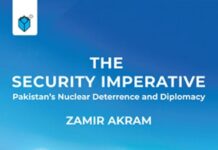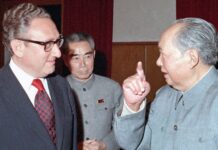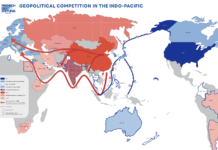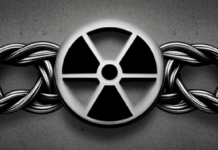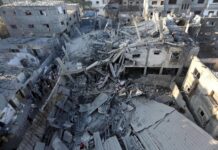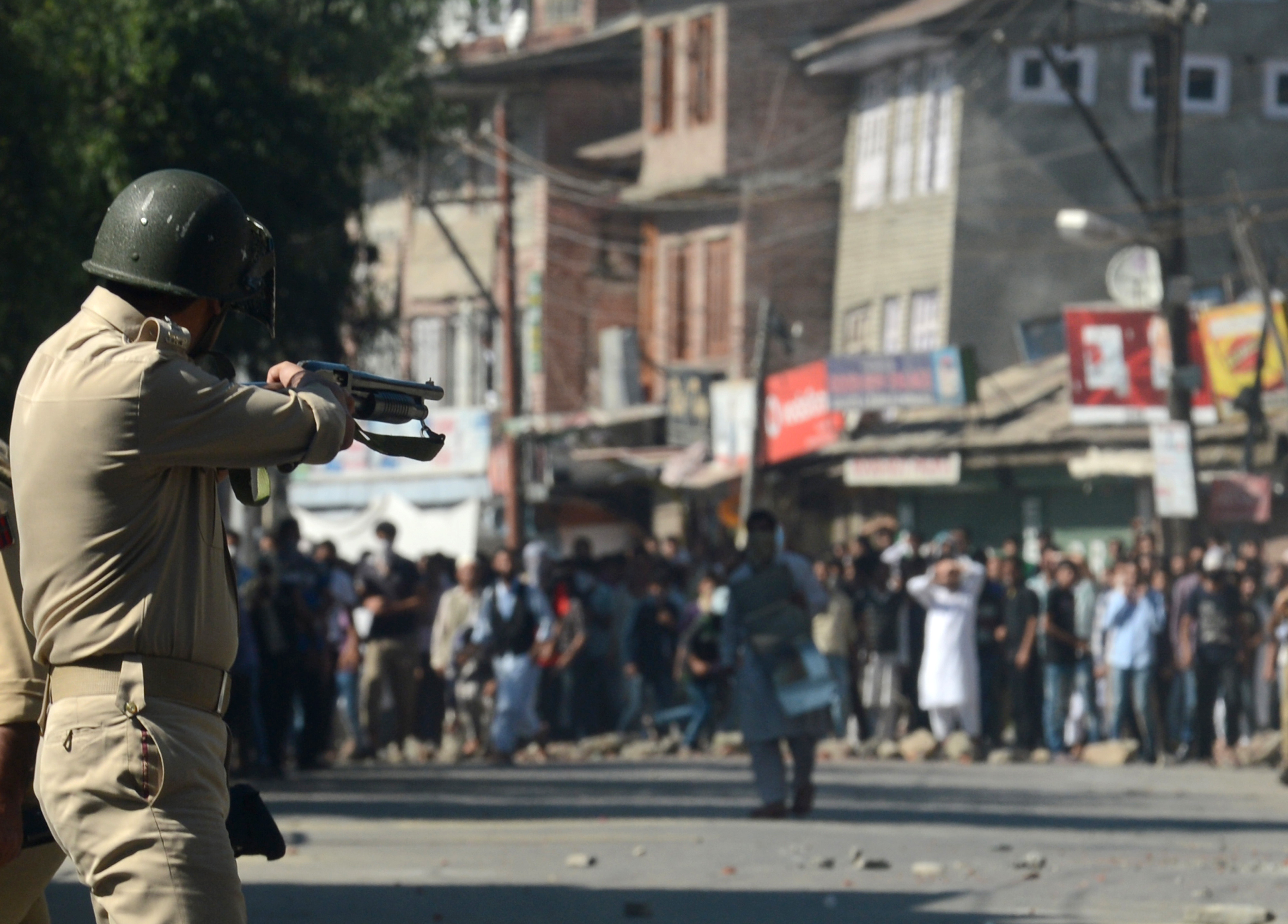Farooq Hasnat
The ongoing insurgency in Indian occupied Kashmir (IOK) is nothing short of a third generation war of liberation. Like their grandfathers and parents, scores of Kashmiri men, women and children continue to pour out on the streets of all cities, towns and even rural centers, challenging the occupation of their motherland. This time the mode of resentment departs from the past, as it is consistent, more representative, in gender, age and profession. Also added is the virtue of the absence of fear of the occupier’s brutal suppression. In this context a safe parallel can be drawn with the courage of the Palestinians, also struggling against the colonization of their land. The Kashmiri opposition gained momentum, when Burhan Muzaffar Wani of Hizbul Mujahideen was killed on July 8, 2016 by the trigger happy Indian security forces, at the age of 22 years. Soon Wani, who was already known to people as social media activist, became a folk hero. Since then, the third wave of Kashmir war of independence began unabated.
In order to quell the uprising, the atrocities of the occupied Indian army touched new heights, where hundreds of protesting youth were ruthlessly killed and injured. The international community finally, in June of this year, took cognizance of the months old occurrences in the Kashmir valley.
Zeid Ra’ad al-Hussein, the United Nations Human Rights (UNCHR) Chief recommended an investigation of the gross human rights violations in Kashmir. More than 145 innocent youth were gunned down and more than 15,000 injured since July 2016. Many of them were shot with pellet guns, fired directly at the face, making them blind in IOK. This is apart from scores of rape incidents and many thousands injured by the trigger-happy occupation security forces. The UN and other global actors, including the Muslim world contently ignored the continuous curfew and arrests of the Kashmiri people, going on for decades. Even the notice taken by the UNHCR does not address the broader issue of the Kashmiri resentment, rather it confines exclusively to the matter of human rights violations. It seems that the investigation would not go into the real cause of the protest nor will it exert its authority, even to curtail human rights violations, on short term basis. Human rights violations are part of the problem, but the real issue remains that of the Indian occupation of Kashmir.
However, the UN initiative highlighted the highhandedness of Indian atrocities. The report puts a dent in India’s efforts to hide its gross human rights’ violation by giving excuses of rise in Islamic militancy and cross-border terrorism. India on its part is trying its best to wriggle out of this global exposure through various means, by undermining the UN report. Nevertheless, the UNCHR report noted that peoples’ resentment against Indian occupation is, “on an unprecedented scale and involves mostly young, middle-class Kashmiris including females”.
We can divide the Kashmir issue into three broader eras. The first era began when the matter was taken to the UN Security Council (UNSC), and repeatedly vetoed by India’s strategic ally of the Cold War era (1950s and 1960s), the Soviet Union. Kashmir, which was basically an unresolved agenda of the partition, became a fatality of the Cold War tensions. The second era from 1980s to 2010 is that of the indigenous uprising of the Kashmiri masses. Disappointed with the lack of interest by the international community, the people of Kashmir revolted in 1989. The third wave of protests and resentment, as hinted above, also known as the “Kashmiri Intifada” originated in 2016, when school children, college girls and boys, young and old defied the Indian curfews and presence of more than half a million Indian troops, which is near half of the entire Indian army.
The events in Kashmir clearly demonstrate that it is not merely a casual expression of resentment against the Indian occupation, nor is it an insurgency, or initiated by some foreign elements, but rather a full-blown war of independence, which is sustaining with no plausible conclusion. The public uprising and its sacrifice is so immense that on 19th June, the otherwise pro Indian Chief Minister of IOK and ally of the BJP, Mehbooba Mufti resigned. As a result, the occupied area came under direct control of the Indian central government after governor rule was imposed. This power vacuum clearly demonstrates that India has exhausted all its options of suppressing the freedom struggle in IOK.
Kashmir is no more a land dispute between Pakistan and India, but rather a colonized entity, where its residents are relentlessly struggling to gain independence for their home land. It is also a cause of serious concern for the advocates of human rights. At a time when human rights violations in the valley are in the limelight, Pakistan must ramp-up its diplomatic efforts in support of the legitimate demands of the people of Indian-held Kashmir.
Dr. Farooq Hasnat is a Professor at the Forman Christian College University.





